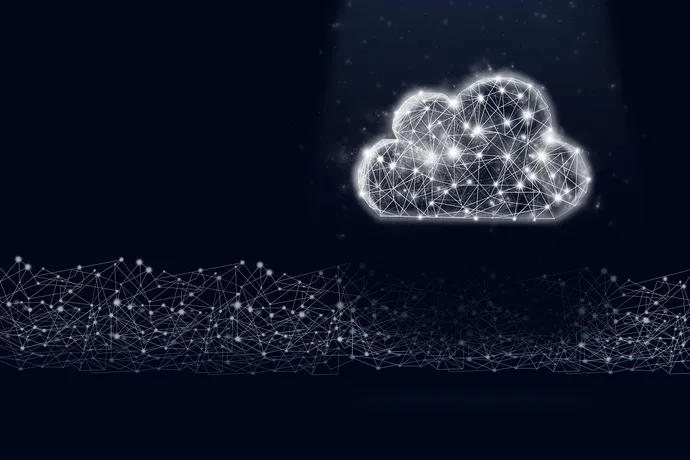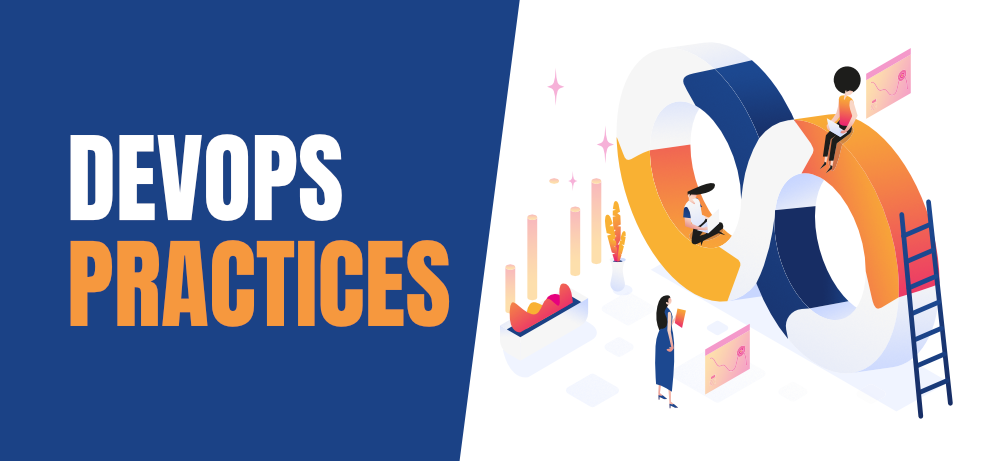How One Airline Is Using AR to Improve Operations

While the AR glasses are expected to shave 6 percent off those 1,000 daily
hours, we have found in our research on the integration of this technology at
CSA that the advantages of the AR glasses go far beyond the labor dividend. They
aren’t just a new way to get information – they’re a whole new way of working.
CSA’s AR glasses allow engineers to edit and reorganize their job list, change
the information they see, and how they want it shown. Their displays can be
adjusted by aircraft, season, and even individual preference. They offer the
engineers step-by-step multimedia support and immersive experiences during the
execution of the tasks, including AI object recognition and collaboration with a
remote expert. “Combined with some [artificial intelligence], the AR glasses can
really make our job a lot easier,” one MRO engineer said. “I can now point my
fingers to a place, for example, a lubricating oil cap, and it automatically
recognizes the object or the key parts and tells me that it’s open but should be
closed. It also can show me, in a picture or a short video, how the object
looked in normal condition or in its last service.”
It’s Not Only Banking APIs That Must Be Secured

With the growing number of APIs developed by organizations, there should be a
standard method for developers to understand how to use them. This is where a
good developer portal is the critical link between the API provider and the
developer that needs to consume it. We won’t explore the inner workings of a
DevPortal here, but one key component is managing API access. This typically
involves generating a client_id or secret, or managing certificates that can be
used to obtain access tokens that will grant access to the API. The DevPortal is
also used to track API usage and can correlate who or what is accessing an API
and how often. A token-based architecture can help protect the APIs by mapping a
specific client_id to a developer (or app). This way, the API gateway, for
example, can determine who is accessing an API based on the token presented. To
automate this process, an integration between the DevPortal and the identity
provider (IdP) using dynamic client registration (DCR) is typically set
up.
Cybersecurity Mesh: IT's Answer to Cloud Security

Security analytics and intelligence describes a layer comprised of various
security tools, all of which communicate with each other. In conjunction
with the individual security perimeter around every user and device, UEBA
tools work to detect behavioral anomalies, reduce insider attacks, and gain
contextual data for further investigation. Distributed identity fabric
denotes a layer comprised of data and connected processes. Within this
layer, analytics tools continuously assess data points from disparate
applications; these tools not only actively recommend where data should be
used and modified, but they also help to differentiate between genuine,
approved users and malicious attackers. Consolidated policy and posture
management is the layer through which IT personnel can define application
access policies for users and devices — all from a central location. These
layers, which can be thought of as the "data security mesh," all exist
beneath the network layer; put differently, they work together to monitor
where data is used, stored, and shared by every user and device in the
network.
Everything You Should Know About Data Integration

Data integration brings together data gathered from disparate sources into a
valuable, meaningful data set for business analytics and business
intelligence. By consolidating data, say, transactional, warehouse status,
social media, etc., in various formats and structures, into one single place,
business users get its 360-degree view. The unified view empowers users to
comprehend the intricacies of business by deriving analytics and, therefore,
helps them make decisions accordingly. Without data integration, companies
cannot access bi-directional data streams gathered in one system in another.
For instance, a business can collect data in a CRM, which nobody can access
outside its sales and marketing. No doubt, other teams in the company will
want to gain access to that data, perhaps when completing an order or managing
credit accounts. This leads to data being shared manually, via emails, phone
calls, spreadsheets, etc. And when that happens, mistakes are inevitable. With
data integration, data is shared between systems in a seamless
manner.
8 DevOps Best Practices That You Must Know

CD or Continuous Delivery is a process that begins after Continuous Integration
(CI). All the codes that are from CI are taken for production. This is a very
important process for shifting the left. The CD process begins by developing,
building, and testing the CI. The CD process is not as much adopted and
implemented as the CI process but is crucial for a wholesome DevOps integration.
... In today’s world, security is very important, especially for software that
can be hacked and breached. So it becomes mandatory that all the processes are
constantly monitored in real-time to detect the presence of security issues.
Using a security-first approach will help detect any security threat and risk
earlier so that a lot of consequences of delayed action can be prevented with
low cost and loss of data. This also increases security. ... For a DevOps
approach to be successful, the processes have to be automated. In order to
effectively automate software development processes, DevOps tools are absolutely
necessary. There are so many DevOps tools available for different purposes, such
as measuring different metrics, detecting security issues, etc.
JPMorgan CEO Jamie Dimon Says DeFi Is ‘Real’
“It’s obviously very early. We will assess use cases and and customers demand.
But it’s still too early to see where this goes for us.“ And the JPMorgan
Chase CEO added: “And we are using blockchain for sharing data with banks
already, and so we are at the forefront of that, which is good. The other
question was about FinTech… Look, first of all, they are very good
competitors… They are strong. They are smart. Some effectively ride the rails.
So we bank a lot of them. You know, we help them accomplish what they want to
accomplish… “My view is we are going to compete –we need to — and we have to
look at our split inside of what we could do better, or could have done
better, and things like that. So I am confident we will compete, but I think
we now are facing a whole generation of newer, tougher, faster competitors who
if they don’t ride the rails of JP Morgan, they can ride the rails of someone
else… “I have told you before: everyone is going to be involved in payments.
Some banks going to white label, which makes FinTech competitors white label
banks and build whatever service on top of it, and we have to be prepared for
that. ...“
Stanford engineers invent a solar panel that generates electricity at night

The new technology takes advantage of a surprising fact about solar panels.
“During the day, there's a light coming in from the Sun and hitting the solar
cell, but during the night, something of a reverse happens,” Assawaworrarit
says. That’s because solar panels — like everything warmer than absolute zero
— emit infrared radiation. “There’s actually light going out [from the solar
panel], and we use that to generate electricity at night. The photons going
out into the night sky actually cool down the solar cell,” he says. As those
photons leave the skyward surface of the solar panel, they cary heat with
them. That means that on a clear night — when there are no clouds to reflect
infrared light back toward the Earth — the surface of a solar panel will be a
few degrees cooler than the air around it. That temperature differential is
what Assawaworrarit and his colleagues are taking advantage of. A device
called a thermoelectric generator can capture some of the heat flowing from
the warmer air to the cooler solar panel and convert it into electricity.
Postgres everywhere

In a world where Postgres is everywhere, instances will need to synchronize
with other instances in many different ways. Postgres offers a wealth of
mechanisms for doing that. When using the built-in streaming replication
feature, a primary server transfers data synchronously to one or more standby
receivers. Another built-in feature, log shipping, asynchronously transfers
batches of log records from a primary to a standby. As always, Postgres’s
robust extension ecosystem augments the built-in capabilities. One third-party
extension, pglogical, implements logical replication for non-Postgres
publishers and subscribers such as Kafka and RabbitMQ. You can find a number
of other solutions in this expanding category. Meanwhile the bundled
postgres_fdw extension leverages Postgres’s foreign data wrapper mechanism to
connect local and remote tables for both read and write operations. One way or
another a Postgres instance running on your devices, or in your personal and
team clouds, will be able to sync with instances running elsewhere.
Policy-as-Code or Policy-as-Data? Why Choose?

Policy-as-code provides a powerful abstraction for lifting authorization logic
out of an application and centralizing it in a different source code
repository, allowing for separation of duties between application developers,
who only need to worry about enforcing the policy by passing it the correct
inputs, and security engineers, that can evolve the policy without direct
involvement from developers. Expressing policy as code makes it inherently
easier to reason about – an engineer that is familiar with the language syntax
can easily determine how a policy works, and can test a policy with different
inputs to determine what it will do. Providing a standard mechanism for
building policies into immutable images and signing them is an important
aspect of ensuring a secure software supply chain for policy artifacts. The
Open Policy Registry provides this capability for OPA policies. Finally,
having complete decision logs that include the policy image, user context, and
resource context that were used to make each decision helps auditors
reconstruct and replay these decisions, making it easier to attest to why each
decision was made.
Introducing Einblick, the first visual data computing platform
“What is missing is a tool that facilitates a data discussion for a domain
expert via a friendly visual interface with explainability, plus on that same
canvas exists a “code cave” interface familiar to a data scientist such as a
notebook or IDE. Furthermore, all of this needs to run on a nimble but
powerful computation engine to handle any amount of data or user
interactions,” said Kraska. This is where data collaboration and data
visualisation tool Einblick come into play. It rethinks the design of data
workflows, which traditionally focused on linearly solving problems as an
individual contributor. Instead, it creates a multiplayer digital whiteboard
that supports drag-and-drop interactions, no code data science operators, and
Python. ... Einblick has been built on the idea that live collaboration is
possible and code is optional. To make both of these conditions true, the team
rethought the structure of analytics software from the ground up and developed
several innovations, from the computational engine to UX. While most analytics
platforms allow for sharing code or copying workflows, Einblick is the only
platform that enables live conversation and multiplayer mode on the canvas.
Quote for the day:
"The actions of a responsible
executive are contagious." -- Joe D. Batton
No comments:
Post a Comment